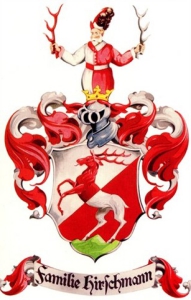Theory of High-TC Superconductivity: Accurate Predictions of TC, D. R. Harshman and A. T. Fiory [arXiv]
The superconducting transition temperatures of high-TC compounds based on copper, iron, ruthenium and certain organic molecules are discovered to be dependent on bond lengths, ionic valences, and Coulomb coupling between electronic bands in adjacent, spatially separated layers [1]. Optimal transition temperature, denoted as TC0, is given by the universal expression kBTC0 = e2Λ/ℓζ; ℓ is the spacing between interacting charges within the layers, ζ is the distance between interacting layers and Λ is a universal constant, equal to about twice the reduced electron Compton wavelength (suggesting that Compton scattering plays a role in pairing). Non-optimum compounds in which sample degradation is evident typically exhibit TC < TC0. For the 31+ optimum compounds tested, the theoretical and experimental TC0 agree statistically to within ±1.4 K. The elemental high TC building block comprises two adjacent and spatially separated charge layers; the factor e2/ζ arises from Coulomb forces between them. The theoretical charge structure representing a room-temperature superconductor is also presented.
[1] Dale R. Harshman, Anthony T. Fiory and John D. Dow, J. Phys.: Condens. Matter 23, 295701 (2011); 23 349501 (2011).
 The theoretical transition temperature TC0 (solid line) plotted against the experimental value for cuprate, Fe-based pnictide and chalcogenide, ruthenate and organic superconductors. |
D. R. Harshman and A. T. Fiory, Abstract, APS March Meeting (2012).











